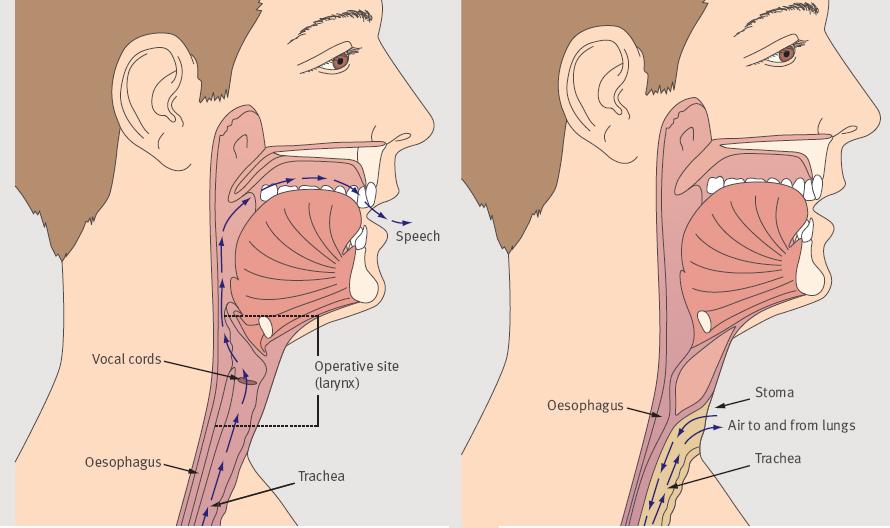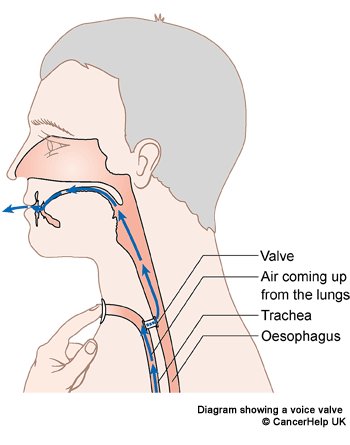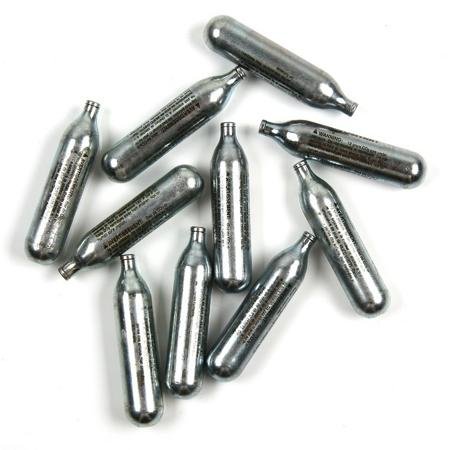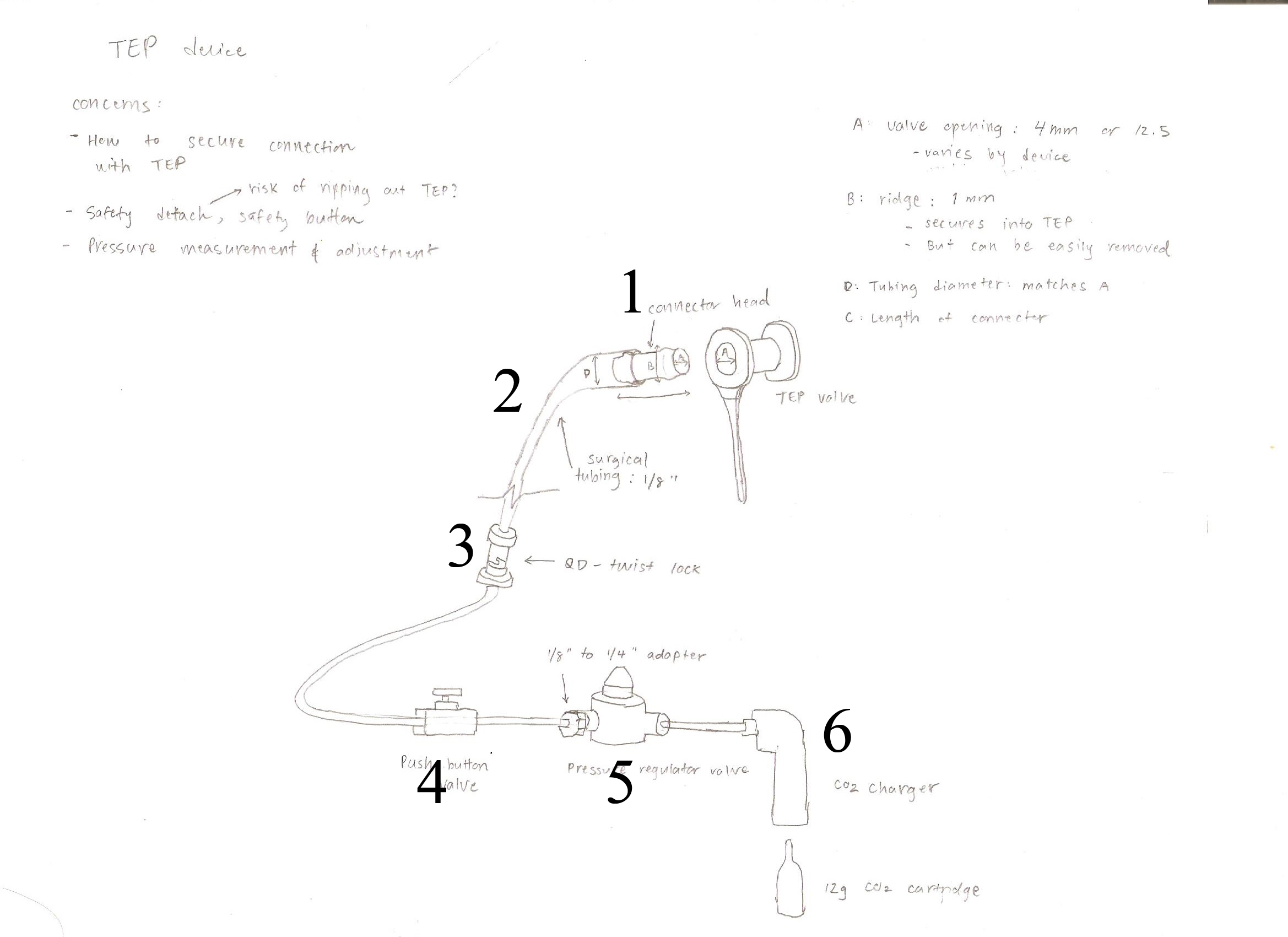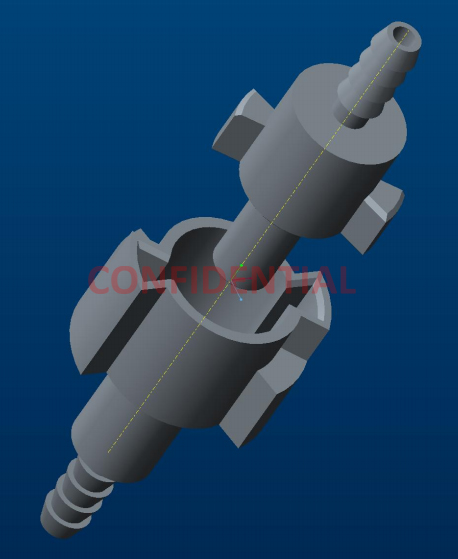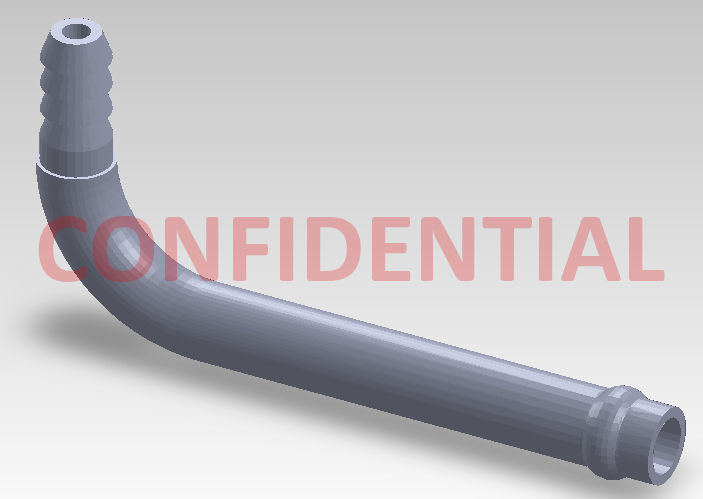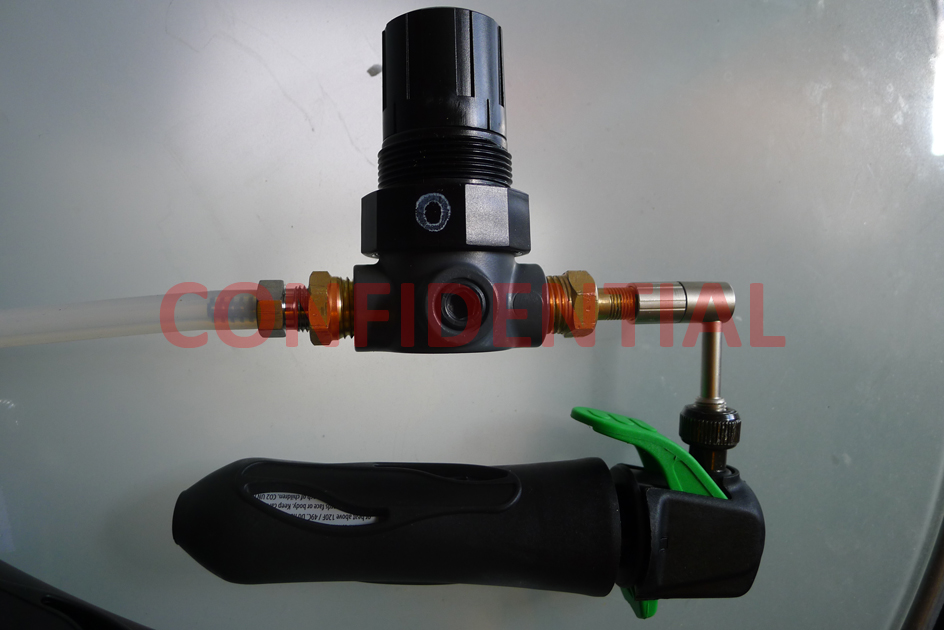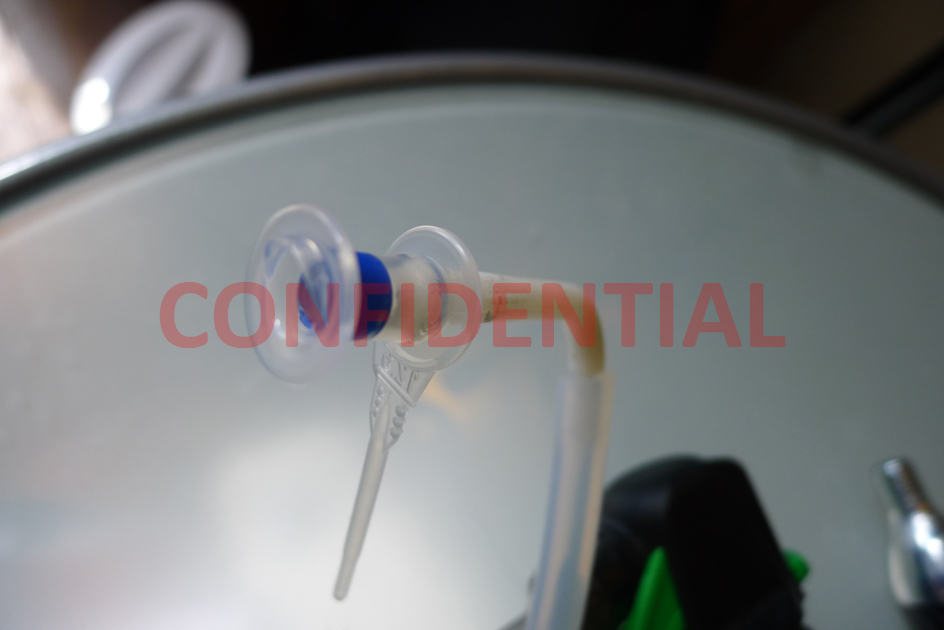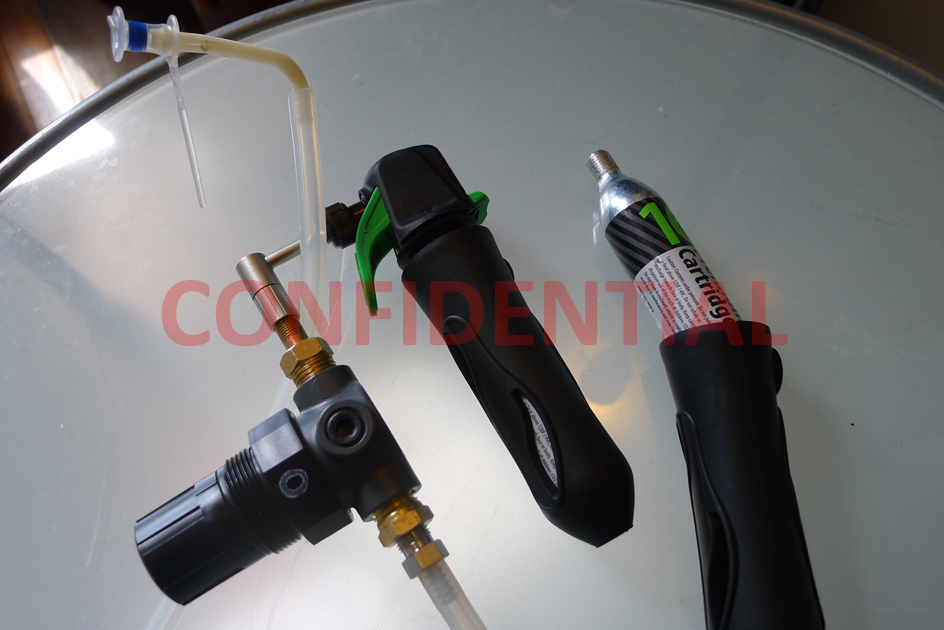Table of Contents
Tracheoesophageal Prosthesis (TEP) Insufflator
- Student: Kevin Liu
- Mentors: Dr. Russell H. Taylor, PhD, Dr. Jeremy Richmon, M.D.
Last updated: April 16th, 2013
Summary
The goal of the project is to develop a portable insufflator that will connect to a patient's tracheoesophageal prosthesis (TEP) through the stoma and allow the patient to speak. The current method of speaking with a TEP involves having the patient obstruct his or her stoma (usually with the thumb) and forcing air through the esophagus and vibrating the esophageal tissue. However, some patients are unable to effectively obstruct their stoma, either due to poor coordination, arthritis, or insufficient training. The insufflator can ease the process of speaking through the TEP by having the patient press a button instead of obstructing his or her stoma. In addition, the air flow provided by the insufflator would ease the stress on the patient's lungs.
Background, Specific Aims, and Significance
Every year, 3,000 patients undergo a laryngectomy in which the larynx is removed. The airway leading to the mouth and nose is disconnected and the patient must breathe through an opening in their neck, a stoma. The most common method of restoring speech to laryngectomees is installing a tracheoesophageal prosthesis (TEP), a one-way valve that connects the trachea to the esophagus. The laryngectomee breathes through the stoma, and when the stoma is obstructed so the patient can speak, the air coming out of the stoma is rerouted through the TEP, into the esophagus, and out of the mouth. A voice is produced by vibrating the esophageal lining, similar to how children would speak by burping (Fun fact: Before the TEP and voice boxes, laryngectomees were trained to speak this way. However, this practice is no longer used).
Left Image: Before laryngectomy (left) and after laryngectomy (right). Image courtesy of National Tracheostomy Safety Project
Right Image: Use of TEP. Image courtesy of Cancer Research UK
Most TEP users operate the prosthesis by using their thumb to obstruct the stoma. However, a fraction of patients are unable to perform this maneuver, either due to arthritis, poor training, or poor coordination. For other TEP users, some view the maneuver as an inconvenience because preparing to speak requires more effort than a normal person. There are devices on the market that plug into the stoma and allow hands-free speaking, however patients have to apply more force through their lungs to operate the device, which may be tiring.
http://www.youtube.com/watch?v=XJgPOpmhOKA&feature=share&list=PLhvKdN8i0xalkIHYuuFsE7R7zjAm4LSVB
Youtube video of a laryngectomee with a hands-free device. If only I knew how to embed this video…
This project's goal is to develop an insufflator that will pass air through a tube into the TEP with the push of a button. This will increase feasibility of speaking for patients who have difficulty obstructing their stoma and increase ease of use for other laryngectomees. In addition, because the air is provided by the insufflator and not the lungs, the patient theoretically will use less effort to speak than a normal person.
Results, Development
The insufflator was successful in driving air to the TEP. The regulator was capable of limiting the air pressure to below 1 PSI, although fine tuning is necessary due to the regulator valve operating in a range of 0 to 5 PSI. 0 to 1 PSI regulator valves are not commercially available. The valve door on the TEP opens partially when air is driven, indicating the regulator valve is capable of minute adjustments. In tests, the duration of constant TEP insufflation was remarkably short, averaging approximately three minutes before the cartridge was expended and had to be swapped out. This is due to the small volume of the CO2 canister in which although it is highly portable, its life span is small. Larger CO2 canisters can be used, but portability of the device will be reduced.
For Images, see the last section below.
Deliverables
- Minimum: (Mid-March)
- A working CAD sketch of the insufflator.
- Rough prototype/Functioning proof of concept of insufflator
- Expected: (End of March, Beginning of April)
- Improved prototype of insufflator with 3D-printed plastic components
- Testing of the insufflator on strictly voluntary patients with a TEP.
- Made truly portable (most likely belt-mounted)
- Maximum: (Beginning of May)
- An updated, sleeker design of a working insufflator.
- Design will serve as a basis for commercially-available product (i.e. FDA approval, etc.)
- World Domination
Technical Approach
Pressure Source
Means of propelling air through the insufflator must be considered. There only seems to be two methods of generating pressure in the insufflator, which are the self-contained gas canisters and portable air compressors. Air canisters are very portable and if designed correctly, easy to replace. In addition, air canisters are inexpensive and some can be refilled. There are only a few drawbacks, including the possibility of constantly purchasing expendable canisters that may not be refillable and also the potential, though unlikely, danger of rupturing the canister.
Left image: CO2 cartridges commonly used in pellet/Airsoft guns. Image courtesy of Amazon.com Right image: Refillable CO2 canister commonly used in paintballing. Image courtesy of Amazon.com
A portable air compressor circumvents the main shortcoming of the air canister. It can generate its own source of pressure, therefore the patient only needs to make a one-time purchase assuming the patient maintains the device. However, portable air compressors are bulky and noisy, which reduces portability. For the sake of mobility, this project will utilize air canisters.
Delivery
The pressure in a 12 gram CO2 canister is approximately 850 PSI while the pressure exerted from the mouth is approximately 2 PSI. To reduce the air pressure from the canister going into the esophagus, several components are required in the name of safety. The most important will be a pressure regulator valve connected between the TEP and the pressure source. This device directly reduces air pressure between two devices and because it can vary how much pressure passes, it allows for the user to change the pressure flowing into the TEP to his or her needs.
A quick-detach component will also be implemented, serving a similar role as a fuse in an electrical circuit. Should the regulator valve fail, the fuse can autonomously detach from the pressure source and prevent injury to the user.
Other Considerations
The medium being exhaled from the esophagus does not necessarily have to be air or carbon dioxide. It is common knowledge that inhaling helium and exhaling while speaking raises the pitch of the speaker. If there is a way to infuse helium into a pressure canister, then the insufflator will not only provide convenience for the patient, but also make the patient's voice more attractive, especially for female patients.
Dependencies
Milestones and Status
- Milestone name: Design Sketch and CAD of RP Parts
- Expected Date: March 8th, 2013
- Status: Completed
- Milestone name: Acquisition of materials
- Expected Date: March 13th, 2013
- Status: Completed
- Milestone name: Initial Prototype of Insufflator
- Expected Date: April 18th, 2013
- Status: Completed
- Milestone name: Development of RP Parts
- Expected Date: May 6th, 2013
- Status: Completed
- Milestone name: Testing
- Expected Date: May 9th, 2013
- Status: Not Met
Schedule
Reports and presentations
- Project Plan
- Project Background Reading
- See Bibliography below for links.
- Project Checkpoint
- Paper Seminar Presentations
- Project Final Presentation
- Project Final Report
Project Bibliography
- Blom, E. D., & Singer, M. I. (1979). Surgical-prosthetic approaches for postlaryngectomy voice restoration. In R. L. Keith & F. L Darley (Eds.), Laryngectomee Rehabilitation. Houston: College-Hill Press. - See more at: http://www.asha.org/policy/TR2004-00138.htm#r8
- Blom, E. D., & Hamaker, R. C. (1996). Tracheoesophageal voice restoration following total laryngectomy. In E. N. Meyers & J. Suen (Eds.), Cancer of the Head and Neck (pp. 839–852). Philadelphia: W. B. Saunders. - See more at: http://www.asha.org/policy/TR2004-00138.htm#r8
- Blom, E. D. (1995). Tracheoesophagel speech. In S. C. McFarlane & T. L. Watterson (Eds.), Seminars in Speech and Language (Vol. 16). New York: Thieme Medical. - See more at: http://www.asha.org/policy/TR2004-00138.htm#r8
- Panje, W. R. (1981). Prosthetic vocal rehabilitation following laryngectomy: The voice button. Annals of Otology, Rhinology, and Laryngology, 90, 116–120. - See more at: http://www.asha.org/policy/TR2004-00138.htm#r34
